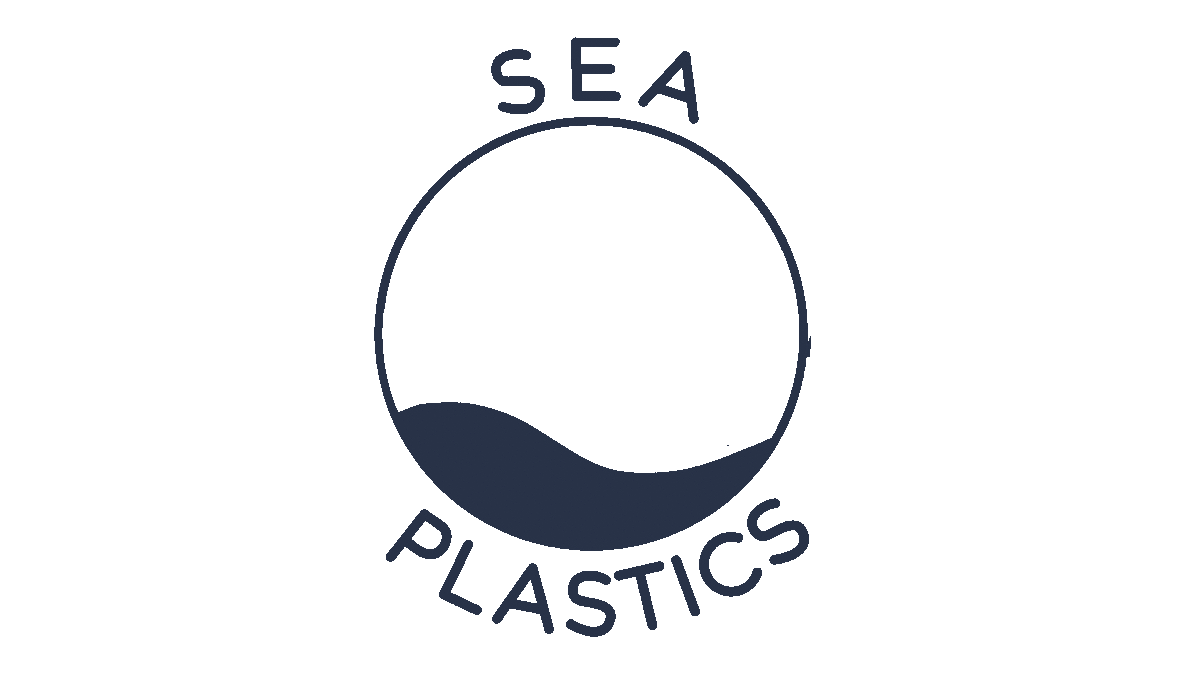Scientific program
2020 expedition
The scientific studies of SEA Plastics are built according to the needs of researchers and the current understanding of the marine world. As the issues and knowledge around microplastics evolve over the years, we are setting up active collaborations with researchers who inform us of new issues and their current needs in terms of physical data, environmental samples and experimental protocols.
Phase 1: Sampling
UMR SayFood - AgroParisTech
The studies initiated last year alongside researchers from AgroParisTech (UMR SayFood) and the National Metrology and Testing Laboratory (LNE) will be continued during the 2022 expedition.
The experiments implemented will aim to develop new methods for the identification and quantification of microplastics and nanoplastics in seawater.
A sampling campaign will be carried out along the route of the 2020 expedition on the coasts of France, Spain and the Balearic Islands. Samples will be collected every morning, and a first analysis will take place on the ship to obtain real-time data on the concentration of micro-plastics.
Institut Terre Environnement Strasbourg - ENGEES
Un nouveau partenariat a été créé cette année avec l'Institut Terre et Environnement de Strasbourg (ITES). Nous allons collecter des échantillons de microplastiques grâce au filet manta (maille 300 μm) en surface. Les échantillons seront d'abord envoyés au collectif Ocean Eye (voir ci-dessous) qui réalisera une analyse quantitative et qualitative des microplastiques récoltés dans le filet. Ces échantillons triés seront par la suite envoyé à l'ITES où une analyse au scanner isotopique (EA-IRMS) sera réalisée.
En effet, selon le type de plastique (polypropylène (PP), polystyrène (PS), PVC…), l’origine des matières premières (végétale ou pétrole), la fabrication des polymères (voie de synthèse), les compositions isotopiques en carbone (δ13C) diffèrent.
Ainsi, la composition isotopique du carbone de microplastiques prélevés dans l'océan sera comparée avec des compositions isotopiques de microplastiques provenant de différentes sources (fabricant, composition, pays…) dans le but de retrouver l'origine de ces plastiques.
A sampling campaign will be carried out along the route of the 2020 expedition on the coasts of France, Spain and the Balearic Islands. Samples will be collected every morning, and a first analysis will take place on the ship to obtain real-time data on the concentration of micro-plastics.
Scanner EA-IRMS
Database feeding
Le projet
Some of the samples collected will be used to feed databases, which will serve as references concerning plastic pollution in the marine environment.
A new collaboration has been set up with the Swiss association Oceaneye . We are happy to participate in its citizen science program by being part of their network of volunteer sailboats collecting samples of microplastics. These will be sent to the association's laboratory for analysis and study in Geneva. The data generated will then be integrated into the Oceaneye microplastic pollution map and shared with international organizations (IUCN, G2,0 , United Nations Environment Programme) as an aid to political and economic decision-making.
The collection of samples for Oceaneye will be done using another manta net, loaned by the Swiss Cetacean Society , a Swiss NGO dedicated to the conservation of marine mammals and ensuring the logistics at sea of environmental scientific programs.
A sampling campaign will be carried out along the route of the 2020 expedition on the coasts of France, Spain and the Balearic Islands. Samples will be collected every morning, and a first analysis will take place on the ship to obtain real-time data on the concentration of micro-plastics.





